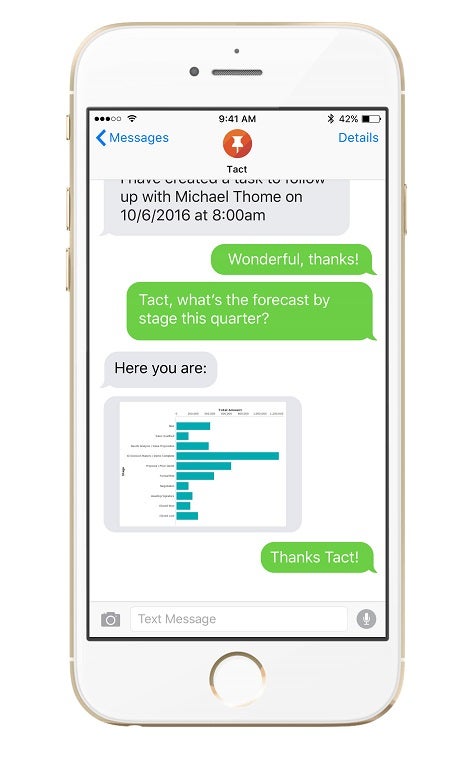While just about every provider of an application is working to make speech a primary user interface, it may turn out that the way applications in the future are accessed is via voice-enabled digital assistants such as Apple Siri and Microsoft Cortana, or dedicated appliances such as Amazon Echo.
After raising $15 million in funding, Tact recently demonstrated how sales people will be able to use Amazon Echo to interact with software such as the customer relationship management (CRM) application made available by Salesforce. Tact CEO Chuck Ganapathi says because most applications now expose application programming interfaces (APIs), it becomes feasible to provide access to a conversational platform that can work with a broad range of speech-enabled devices.
That conversation platform, explains Ganapathi, makes it possible for an individual to request data using any combination of terms that comes naturally to them.
“The end user doesn’t have to be explicit about the way they make a request,” says Ganapathi.
Armed with that level of understanding of speech patterns, there may come a day very soon when keyboards and traditional graphical user interfaces are all but obsolete. Humans are creatures of habit, however, so making the shift to new speech interfaces may require as much cultural change as it does technological innovation.
In the meantime, IT organizations might want to spend the early part of 2017 rethinking the application user experience they provide in anticipation of the fact that many end users will soon consider any application that can’t verbally engage them to be a relic from an era of IT that they can barely remember.




